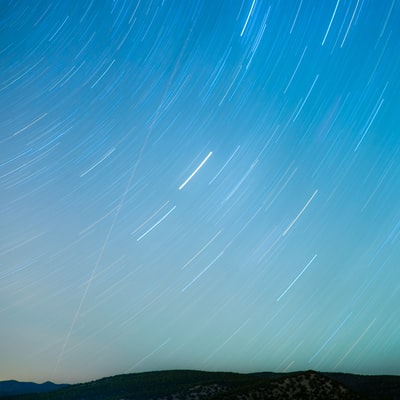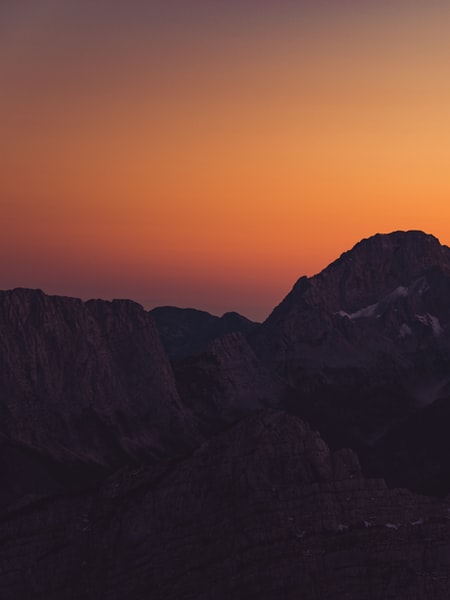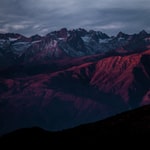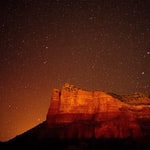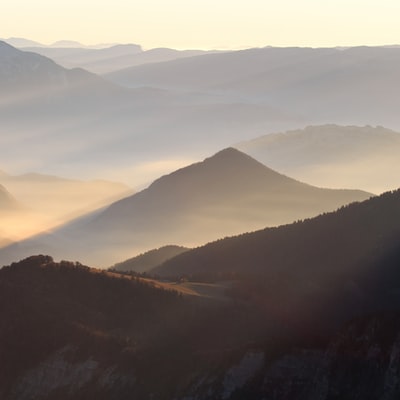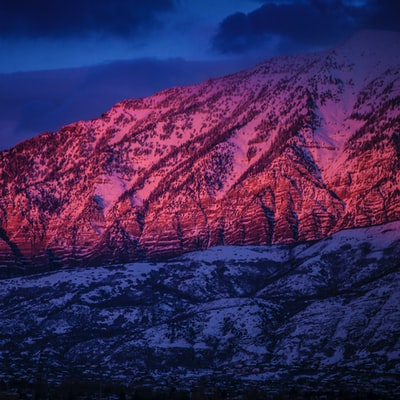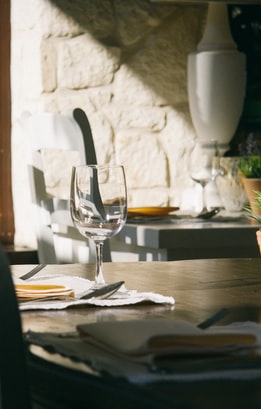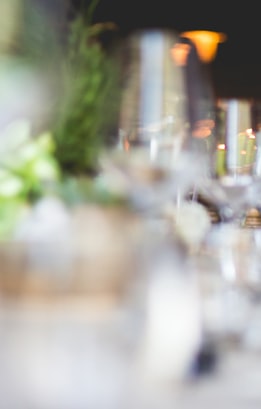Exposure Triangle
Aperture, shutter speed, and ISO all work together to create a properly exposed image.
The exposure triangle is a relatively new term first bursting onto the scene somewhere between 2005 and 2010. Before that, it was “time + intensity = exposure.” With digital cameras and their ability to change ISO values, that old mentality went out the window.
The exposure triangle, in my opinion, is meant to teach the concept of equivalent exposures. Assuming that you already have a properly exposed image, when you adjust one setting, you need to adjust something else in an equal, but opposite way.
What makes up the exposure triangle?
Aperture
Aperture is just a hole that lets light hit some sort of recording medium (film, plate, sensor, etc.). They can be mechanical, like those found in modern lenses or leaf shutters. Or, they can be a simple hole, like those found in pinhole cameras.
Apertures limit the amount of light which can reach a sensor by increasing or decreasing the size of the hole. Changing the size of the hole will also change the depth of field. (visit the Aperture page for a more in-depth understanding of aperture)
Shutter Speed
A shutter controls the amount of time that light is entering the camera. Like an aperture, a shutter can be extremely simple, like using your hand to cover the lens or a pinhole. Or, they can be very complex like leaf shutters.
All shutters limit the amount of light entering the camera by blocking and unblocking the light entering the camera. Shutter speed also dictates the amount of motion blur present in the final image. (visit the Shutter Speed page for a more in-depth understanding of shutter speed)
ISO
In broad terms, ISO is the sensitivity of the recording medium. The higher the number, the more sensitive the medium.
Unlike film, digital ISO can be changed with each photo. However, like film, the high you set your ISO, the worse the image quality will be. As you go up the ISO scale you will notice grain or noise, especially in the shadows.
Generally speaking, you should use the lowest ISO possible which produces the desired aperture and shutter speed settings. (visit the ISO page for a more in-depth understanding)
Why is it important?
The exposure triangle tells you nothing about what the proper exposure for a photo should be. So what makes it important?
The exposure triangle is all about equivalency. Equivalent exposures are when your photos from the same scene have the same brightness (or density if you’re using film). It is when you change one leg of the triangle, like decrease the aperture, and make up for the loss of light by increasing the ISO or decreasing your shutter speed.
Equivalent exposures become important as you look to control your depth of field through changes in the aperture, motion blur through changes in the shutter speed, or control noise with changes in ISO. Knowing that you have to make an adjustment in the other direction (more or less light/sensitivity) becomes very important to your creative process.
